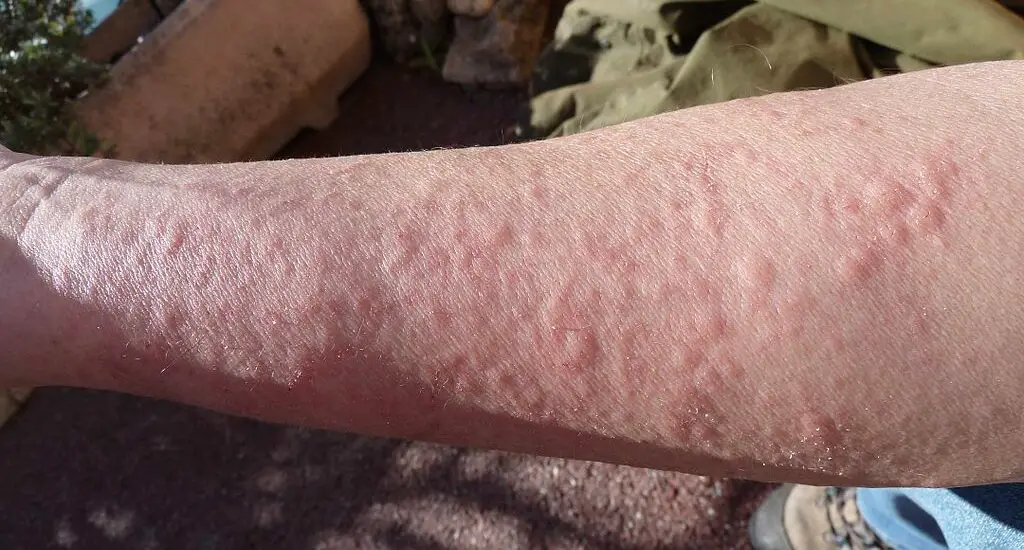“Can fungal infection cause skin rash?” is a pressing concern for many. To answer plainly: yes, they certainly can. In this guide, we’ll leave no stone unturned, exploring every aspect of the relationship between fungal infections and skin rashes, ensuring you’re fully informed and prepared.

Can Fungal Infection Cause Skin Rash?
Fungal infections on the skin are caused by the overgrowth of fungal organisms that manage to penetrate the skin’s outer layer. This overgrowth often results in inflammation, which is the body’s natural response to any perceived harm. Inflammation causes the skin to become red, swollen, warm, and painful, often leading to the development of a rash.
These rashes from fungal infections can have distinct characteristics, such as raised edges, clear centers, or a ring-like appearance, depending on the type of fungus causing the infection. It’s crucial to understand that the relationship between fungal infections and rashes is direct: the presence of the infection elicits the body’s response, which manifests as a rash.
Fungal Strains That Can Cause Skin Rashes
While many fungi exist in our environment, only specific strains are known to cause skin rashes. The primary culprits include:
Candida: This is a yeast-like fungus, which when overgrown, can lead to infections known as candidiasis. On the skin, Candida can cause red, itchy rashes, often accompanied by a burning sensation. It is common in areas like the groin and under the breasts.
Dermatophytes: This group of fungi is responsible for most of the skin, hair, and nail fungal infections. They feed on keratin, a vital protein in our skin, nails, and hair. Common infections caused by dermatophytes include athlete’s foot, jock itch, and ringworm. The rashes from these infections can be itchy and may have a characteristic ring-shaped appearance.
It’s essential to identify the specific fungal strain causing the rash, as treatments can vary based on the type of fungus involved.
Check out these other articles…
Black Skin After Fungal Infection: Causes & Solutions
Can Fungal Infection Cause Skin Discoloration? Answered
Dry Skin After Fungal Infection: How to Heal & Prevent
Skin Peeling After Fungal Infection: How to Deal with It
Red Skin After Fungal Infection: 3 Causes & Sure Solutions
Prevention: Avoiding Skin Rashes from Fungal Infections
Preventing fungal infections and the resultant rashes involves a combination of good hygiene practices and lifestyle habits. Here are some essential measures to follow:
Hygiene: Regularly cleanse your skin with mild soap and water, ensuring you dry thoroughly, especially in skin folds and between toes.
Choose the Right Clothing: Opt for loose, breathable fabrics like cotton. This reduces moisture build-up on the skin, preventing the warm, damp conditions fungi thrive in.
Don’t Share Personal Items: Sharing items like towels, footwear, or combs can transmit fungal spores. Always use your own personal items.
Protect Your Feet: If you’re using public showers or pools, wear flip-flops to avoid direct contact with the floor. This reduces the risk of picking up fungi like the ones causing athlete’s foot.
Check out this Havaianas Top Men’s Flip Flops on Amazon.
Use Antifungal Products: If you’re prone to fungal infections or live in humid environments, consider using antifungal powders or creams as a preventive measure.
You can get this Globe Clotrimazole Cream listed on Amazon now.
Being proactive in your prevention methods can drastically reduce the likelihood of developing fungal infections and the associated rashes.

